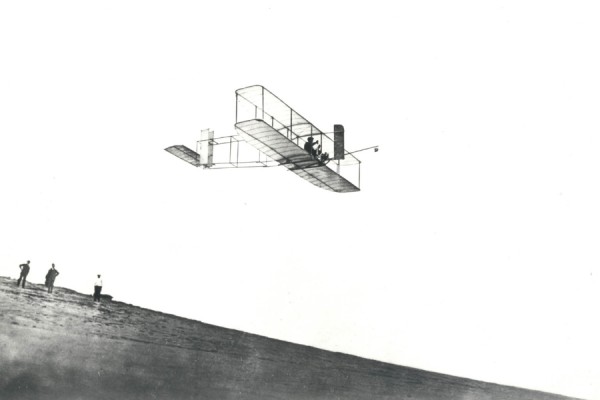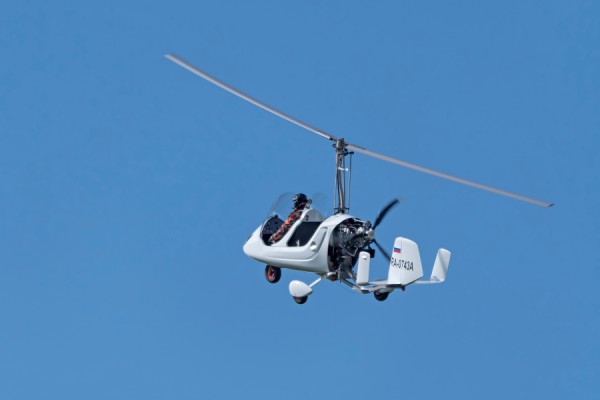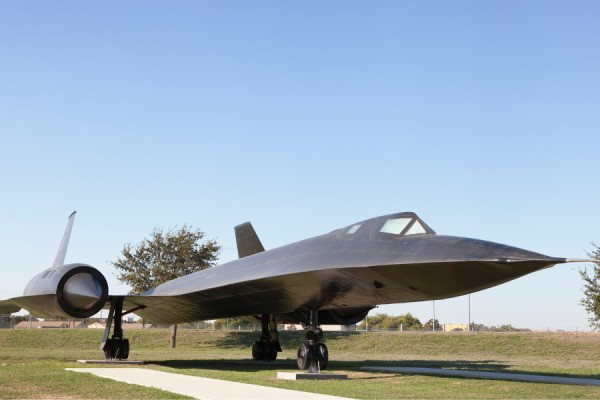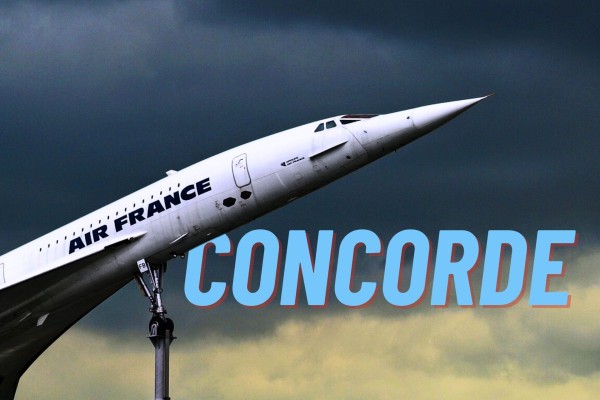- History
- 1 year before
Doolittle Raid: The Story of the First Bombing of Tokyo
The Doolittle Raid, as the first air raid on Tokyo in 1942, saw II. It is an important turning point in World War II. American military operation
-

- 1 year before
- Category: History
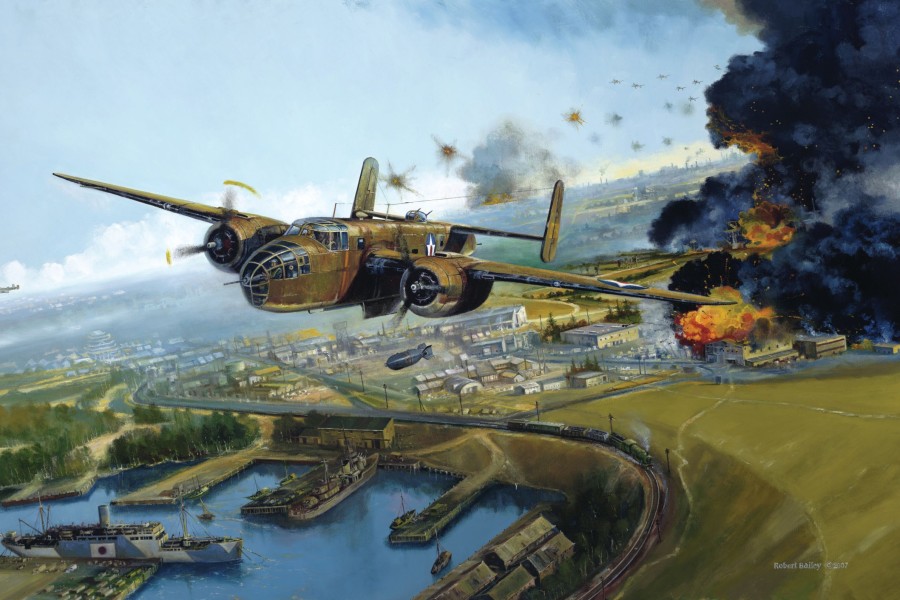
The Doolittle Raid: The First Air Raid on Tokyo
World War II witnessed countless military campaigns and daring operations, but one stands out: the Doolittle Raid. This event, which took place on April 18, 1942, marked the first air raid on the Japanese capital of Tokyo and is widely regarded as a significant turning point in the war. Before delving into the details and historical importance of this raid, let's revisit the chronology of that fateful day.
Planning and Objectives of the Doolittle Raid
The Doolittle Raid, a joint operation between the U.S. Navy and Army Air Forces, was conceived as a morale booster for the American public after the attack on Pearl Harbor and a means of retaliating against Japan. The operation was named after its flight leader, Colonel James H. Doolittle. Its objective was to deliver a surprise blow to enemy territory, psychologically jolting the pro-Japanese Axis powers.
Execution of the Operation
The raid was carried out by 16 B-25 Mitchell bombers launched from the American aircraft carrier USS Hornet. The planes took off from a point approximately 800 miles (1287 kilometers) from the coast of Japan. The B-25s chosen for the mission were not typically designed for carrier takeoffs, but the operation pushed the boundaries of what was considered possible. The targets included Tokyo, as well as the cities of Yokohama, Nagoya, and Kobe. Doolittle and his pilots successfully reached Japan and carried out their bombing runs with the limited ordnance they carried.
Consequences and Historical Significance
While the Doolittle Raid did not inflict extensive physical damage, it was a major success in terms of its psychological impact, as it marked the first time Japan had been attacked on its home soil during the war. The raid prompted Japan to shift its defensive strategy and reduced pressure on American forces in the Far East. It also bolstered the morale and confidence of the American people in the war effort.
Interesting Facts and Details
The Doolittle Raid was a mission marked by innovation and clever tactics, given the technological limitations of the time. The bravery and audacity of the pilots involved have etched their names into the annals of aviation history. One of the most remarkable aspects of the operation was the fact that the entire flight crew bailed out over China after completing their mission. While some aircrew were captured and held prisoner by Japanese forces, many were rescued with the help of Chinese resistance fighters. Japan's vengeful response to the raid, unfortunately, led to civilian massacres in China.

